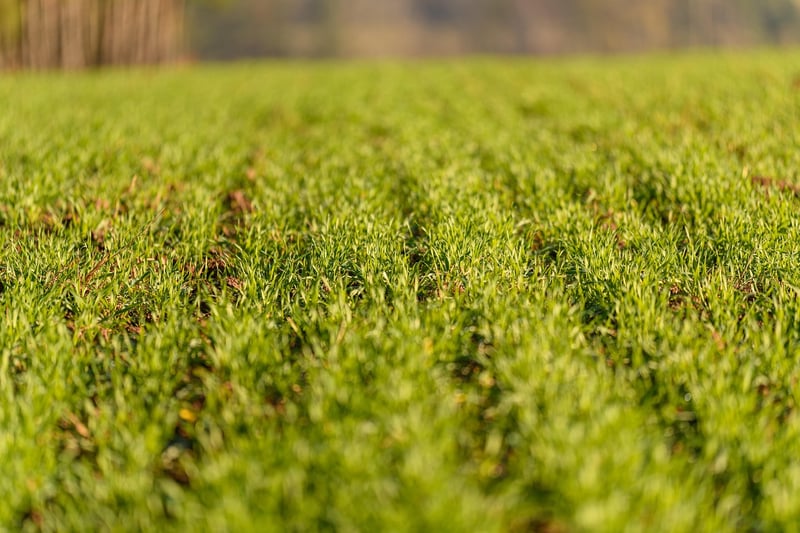Rooftop Farming
#Apartment Gardening
#City Living
#Urban Agriculture
Making the Most of Limited Areas with Rooftop Farming

In urban environments where space is a premium, rooftop farming has emerged as a sustainable solution to maximize limited areas for agricultural purposes. Rooftop farming involves cultivating plants, vegetables, and fruits on the rooftops of buildings, contributing to environmental benefits and creating green spaces in cities.
Benefits of Rooftop Farming:
- Utilizes unused space
- Improves air quality
- Reduces the urban heat island effect
- Promotes biodiversity
- Provides fresh produce locally
Getting Started with Rooftop Farming:
Before starting a rooftop farm, consider the following:
- Check building regulations and structural integrity
- Assess sunlight exposure and wind conditions
- Choose appropriate plants for the rooftop environment
- Set up efficient irrigation systems
- Implement sustainable practices like composting
Successful Rooftop Farming Examples:
Several cities around the world have embraced rooftop farming. For instance:
Rooftop farming is not only a practical solution for urban agriculture but also a way to promote sustainability and green living in cities. With proper planning and maintenance, rooftop farms can thrive and contribute to a healthier environment.

